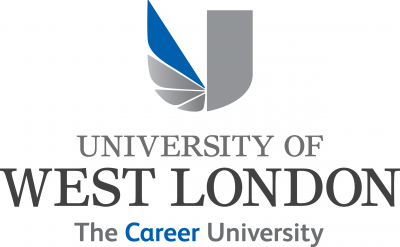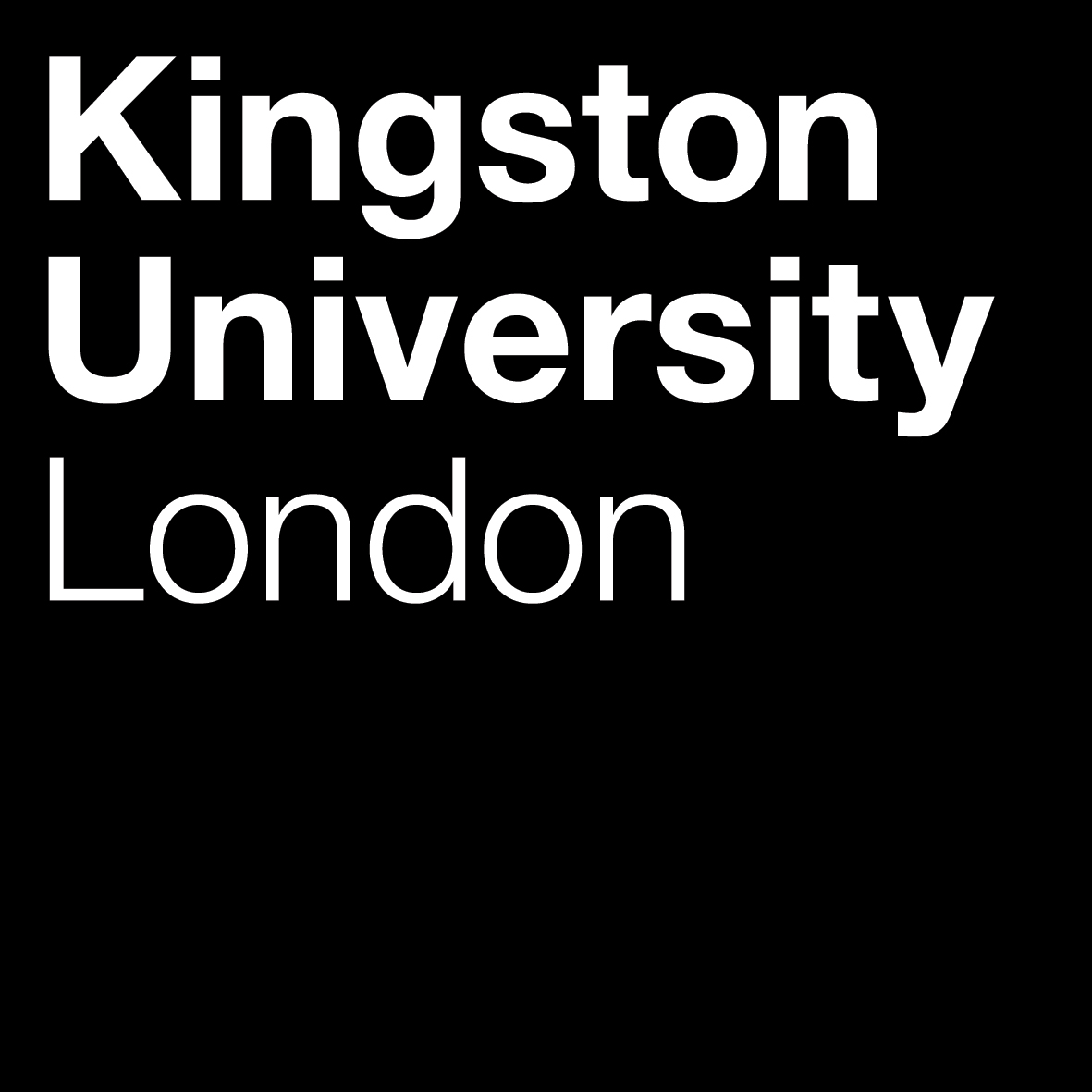1st February, 2023
Transitioning Beyond Academia
Dr Gemma Outen
29th April, 2021
Glenda Cooper
It’s a truism to say that there’s a crisis in confidence around our news media. We know – and this has accelerated since the pandemic – that people trust news organisations less and in some cases are actively avoiding news. Yet at the same time, as the social media environment throws up more fake news and conspiracy theories, there’s never been a time that we’ve needed information that we can trust.
So what’s the point of putting journalists together with a theatre company, when one seems to deal in fact and the other in fiction? Yet this is the idea behind Contemporary Narrative Lab’s (CNL) new project, funded by City University of London, and partnering with the Bureau Local and the interactive theatre makers Coney.
As a former journalist and a playwright before I became an academic, I’d long wanted to research what theatre and journalism could learn from each other. Of course, theatre inspired by real-life events is not new – think of the ‘living newspaper’ movement in Soviet Russia and the American Federal Theatre Project as far back as the early 20th century, and the rise in verbatim theatre from the 1980s onwards. But in recent years there has been a renewed interest in what journalism and theatre can learn from each other, which has inspired various projects around the world – from Pop-Up magazine in the US, the Black Box project in Finland, De Balie in the Netherlands and the Creative Storytelling Workshop in South Africa.
Reporters often shy away from the word creativity, seeing it as alien to their norms of objectivity and truth telling. But in fact, journalism and theatre creatives are closer than they think. Both use narrative forms and language to create representations of reality. Story telling is hugely important in both forms. And as Postema and Deuze point out in practical terms many journalists and artists have similar kinds of precarious work conditions and express similar motivations for why they do the work that they do.
So I went to speak to Robin Kwong, who has pioneered much imaginative and interactive work in his previous role at the Financial Times and now at the Wall Street Journal. He introduced me to Andre Piza, a theatre practitioner who has worked with People’s Palace Projects since 2011, delivering knowledge exchange projects between artists and researchers. In 2018, they launched CNL working with five journalists and artists to put together a scratch show looking at different investigations, and how they could engage with audiences through live storytelling.
What we wanted to do for this CNL project funded by City however was to build on this experience –to embed creative practitioners with journalists all the way through the storytelling process and also involve the public as part of the story. We wanted to provide a knowledge exchange environment where community stakeholders, journalists, creative practitioners and researchers could come together to test innovative investigation and storytelling practice that would be radically collaborative, rooted in the community, relevant on local and national levels and promote a more empathetic engagement to help audience process the information both cognitively and emotionally.
As an academic I wanted to carry out an ethnography including in-depth interviews in order to follow the process from beginning to end. My aim is to look at what worked and what didn’t, what journalists learned from artists and what artists learned from journalists, as well as any ethical and practical issues that come up. The end result will be to document the project in order to share our learning with others.
On the journalism side, for this CNL project we were fortunate enough to be able to partner with the new health inequality team of Bureau Local, part of the Bureau of Investigative Journalism. Bureau Local have consistently taken a creative view of how to engage audiences, from the one woman show Refuge Woman about life in a domestic violence refuge, as well as the Bureau’s approach that they wanted to report with people not on them. Coney’s history as interactive theatremakers who create games, adventures and play in all sorts of venues beyond formal theatres, both online and off, also seemed to be ideal for the kind of innovative and engaged work we wanted to do.
Of course, during the time applying for funding and setting this up, the Covid-19 pandemic hit which has meant that many of our original plans have been challenged. For example, our original venue – the Battersea Arts Centre – has become a vaccination centre. Meetings are taking place entirely via Zoom rather than face to face.
But in other ways the current situation has been an incredibly creative one as we are working with the new health inequality team at Bureau Local, whose work into care in a time of crisis could not be more apposite, and we look forward with anticipation to what this work between journalists, creative practitioners, service users and researchers will create and how much this project may inform future ways of producing and engaging with the news.
Dr Glenda Cooper is a senior lecturer in journalism at City, University of London and director of the European Journalism Observatory
You've been waiting for it and our May newsletter is here! -> bit.ly/3M9ICG6 pic.twitter.com/Iug9eWimQQ





